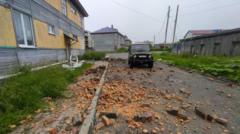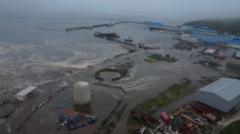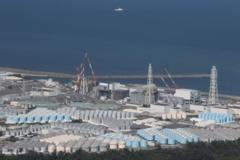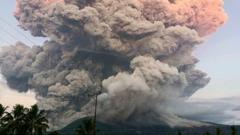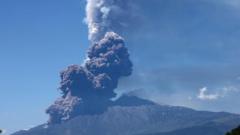**The Krasheninnikov Volcano in far eastern Russia has erupted, coinciding with seismic activity in the region and raising concerns about future geological events.**
**Historic Eruption: Russian Volcano Awakens After 500 Years**
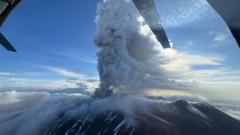
**Historic Eruption: Russian Volcano Awakens After 500 Years**
**In a rare geological event, the Krasheninnikov Volcano in Kamchatka erupts for the first time in over five centuries, possibly linked to recent earthquakes.**
In a significant geological event, the Krasheninnikov Volcano located in the Kamchatka Peninsula of far eastern Russia erupted for the first time in over 500 years, following a series of powerful earthquakes in the region. The eruption released a massive ash plume that reached heights of up to six kilometers (3.7 miles) into the atmosphere, as reported by Russia’s Emergency Ministry. Fortunately, there are currently no threats to local populations, despite the unprecedented nature of the eruption.
The timing of this volcanic activity appears to be inextricably linked to a recent devastating 8.8 magnitude earthquake that struck the same area, triggering tsunami warnings that extended as far as French Polynesia and Chile. Russian geological experts had previously warned that strong aftershocks could be anticipated in the weeks following the initial quake, which led to extensive evacuations throughout the region.
Adding to the instability, hours after the volcanic eruption, another substantial earthquake measuring 7.0 magnitude hit the Kuril Islands, leading authorities to issue tsunami warnings for three specific areas around the Kamchatka Peninsula. These warnings were issued despite expectations of comparatively low wave heights, with potential surges of up to 18 centimeters (7 inches).
Olga Girina, who heads the Kamchatka Volcanic Eruption Response Team, confirmed that this eruption marks the first activity from Krasheninnikov since the 15th century and emphasized the potential connection to the earlier earthquake. The Kamchatka Peninsula is located within the "Pacific Ring of Fire," a region characterized by its high frequency of earthquakes and volcanic eruptions due to tectonic activity.
This rare eruption serves as a reminder of the dynamic and sometimes unpredictable nature of geological processes in this volcanically active region.





